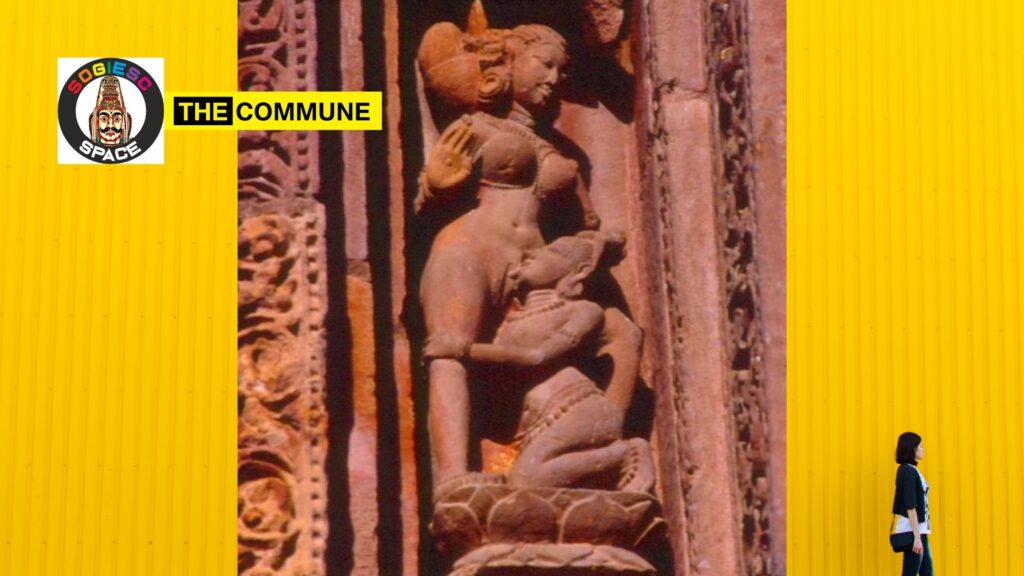I am one of the petitioners in the Public Interest Litigation (PIL) filed at the Delhi High Court seeking recognition of the right of SOGIESC (Sexual Orientation, Gender Identity and Expression, and Sex Characteristics) community members to marry under the Hindu Marriage Act, 1955. In fact, I was approached to be a co petitioner on the above from a progressive Hindu perspective as the space of gender and sexual rights has been taken over by the left and even those who come under the queer umbrella are often against anything Hindu.
I chose to be a part of it because I was also felt that the gamut of what constitutes the complexity and umbrella of Hinduism could be explored in a positive way and interface the Hindu cultural and legal space. The very valid issues of people not coming from the normative background could open the path of how a more integrated better relationship fabric could be created – instead of denial, prejudice fear and projection.
But as expected, a huge negative response has come from both Hindu traditional orthodoxy and sections of the queer left. Both have tried to present the government position as negative to the petition. Actually the government position is to see what the legal ramifications are along with the ground realities.
The orthodoxy has said that Hindu tradition is based on scriptures (selective) and these allow no scholastic or other debate. The reality is that several thousands of years as well as different geographies result in very diverse positions. Even in the Rig Veda there are massive differences. These have been for the most part been censored by some of these orthodoxies. Further texts that cite criminalization of this third space are cited but not those that celebrate these spaces which in fact were huge.
This is sadly a mirroring of certain traits found in monotheism orthodoxy rather than the complex poly cosmology as well as the nyaya sutras – the debates – that positions may be very diverse.
Further every society transforms and evolves. Hence we have to examine modern realities as well and find how we can work with them while staying within the legal and social fabric.
If not, how will people who identify as Hindus but do not fit into the framework of the orthodoxy have a sense of belonging when they are treated as outcasts? How will this make them want to integrate? Therefore, it is important to take responsible positions so that the young and vulnerable do not get swayed by the hollow rhetoric of the Hindu-hating left.
The culture of Hinduphobia and India bashing are not just detrimental to rights of SOGIESC community members, as it demeans not just the gender/sexual identity, but the very native identity of the person. Therefore, modes of unions need to be understood. A space not just for dialogue but the rightful space to exist and claim equal rights as available to every heterosexual Hindu is necessary.
The left constantly generalizes me. Some call me queer while some even pronounce me dead. Why should someone who identifies with one’s own civilizational history be subsumed under such a term?
The Hindu orthodoxy has said that the petition should be made under the Special Marriage Act of 1956 for registration of same sex marriages. It is to be noted that people have already filed a petition under the SMA and it is still in process. And why should it not be filed under the Hindu Marriage Act if the petitioners are Hindus? Why are other forms of unions and practices that were earlier allowed within the Hindu fold are now considered threatening and any kind of genuine open space labeled western? Hopefully the orthodoxies can move beyond their fear thresholds and realize that this is what fuels the anti-India hate peddled by the left liberal cabals.
What gives me hope is that there are many Hindus who have no issues with the petition in question.

